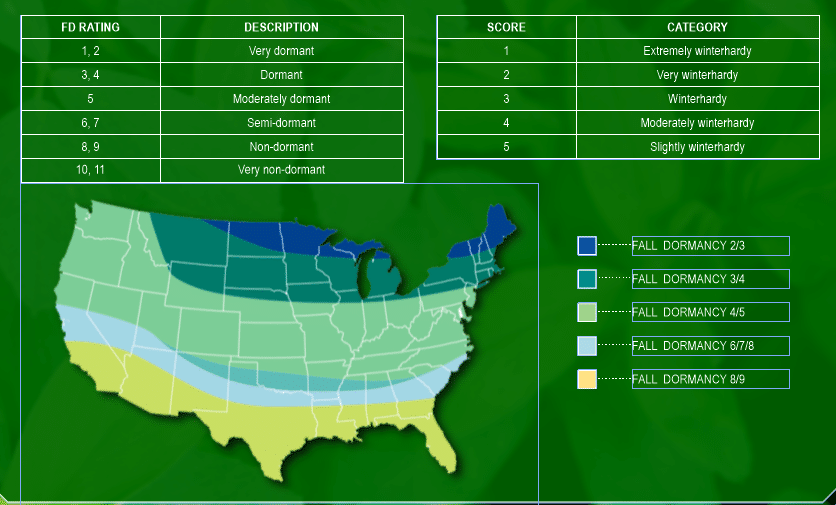Uses
- Crops: Alfalfa is harvested as hay or silage which is processed or fed directly to livestock. Alfalfa is an important source of leaf meal used for fortifying baby food and other special diet foods prepared for human use. Large quantities of dehydrated alfalfa are also used in manufacturing concentrated feeds for poultry and livestock.
- Livestock: This plant is grown by itself or in combination with grasses in improved pastures. It is grazed by all types of domestic livestock. Caution should be taken when using alfalfa for grazing due to its potential bloat hazard.
- Wildlife: Alfalfa is an excellent food source for many wildlife species. High in minerals, vitamins, and proteins it is one of the most nutritious crops that can be utilized in any forage situation including wildlife plots
Establishment
A seedbed should be smooth, firm, free of weeds and trash, and contain adequate moisture for germination and emergence. Land grading should be sufficient to ensure good surface drainage. Alfalfa should not be seeded as a first crop on newly leveled land where fill may settle and cause poor surface damage. Alfalfa seeded at 15 to 20 pounds of coated or non-coated inoculated seed per acre evenly drilled 1/4-inch deep on adapted, properly prepared sites will produce adequate stands. A combination drill and packer is desirable. Cultipacking soil before and after seeding is helpful to stand establishment. Seeding depth should be no greater than 1/2 inch on sandy soils. Spring seedings can be made before the average date of the last killing frost. Alfalfa can also be successfully seeded during the late summer. Allow time for adequate growth prior to the first killing frost.
Description
Alfalfa is a long-lived perennial legume. Flowers vary in color from purple to yellow and are borne in loose clusters. Pods from alfalfa range from the sickle type to those that are twisted into spirals. Each pod contains several kidney-shaped seeds. Alfalfa is indeterminate and stems can reach several feet in length. New growth occurs from buds in the crown. The plant has a tap root which may penetrate 25 feet deep into the soil. Compound leaves are alternately arranged on the stem and are normally trifoliate although there are commercial varieties that have multifoliate leaves. There are approximately 225,000 seeds/pound.
Management
In general, graze or cut for hay when alfalfa is in early bloom. Graze or cut to about a 2-inch height. Successive cuttings for hay should occur at 1/4-inch bloom stage. Alfalfa can best withstand grazing if rotated frequently or grazed in small strips. The last cutting of alfalfa should be made 3 to 4 weeks before the last killing frost date. Alfalfa may cause livestock to bloat. Care should be used in managing such grazing to reduce the possibility of this hazard.
Adaptation and Distribution
Alfalfa grows best on deep, well-drained, friable soils. Lands subject to frequent overflows or high water tables are unfavorable for alfalfa. The pH of the soil should be 6.5 to 7.5. Alfalfa is distributed throughout the United States and Canada.
Fall Dormancy & Ratings
- Fall dormancy is a rating scale of 1 to 9.
- Dormancy is triggered by the hours of sunlight.
- The lower the dormancy the less Fall growth.
- FD 1 goes dormant very early in the Fall and comes out of dormancy very later in the spring. It requires the most sunlight to function.
- FD 9 is actually non-dormant and tries to continue to grow constantly.
Winterhardiness Scale
The winterhardiness rating indicates how well a product will survive cold temperatures, thus, winterhardiness is an indication of the potential longevity of the stand. The lower the winterhardiness rating, the greater the ability of the product to withstand cold temperatures (table below). In the northern United States, winterhardiness is the primary factor in determining alfalfa stand longevity and forage yield.


